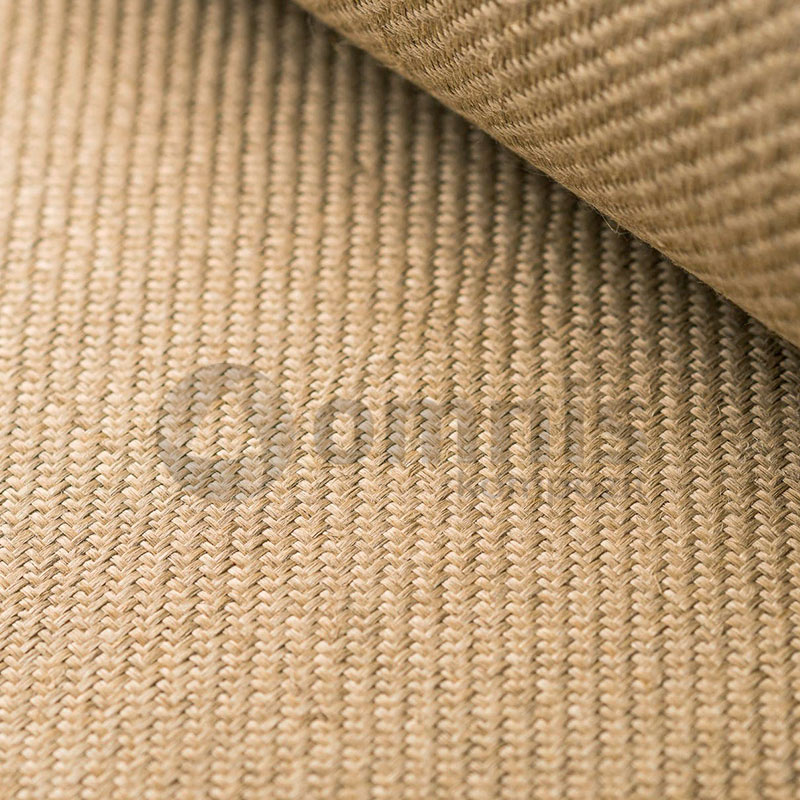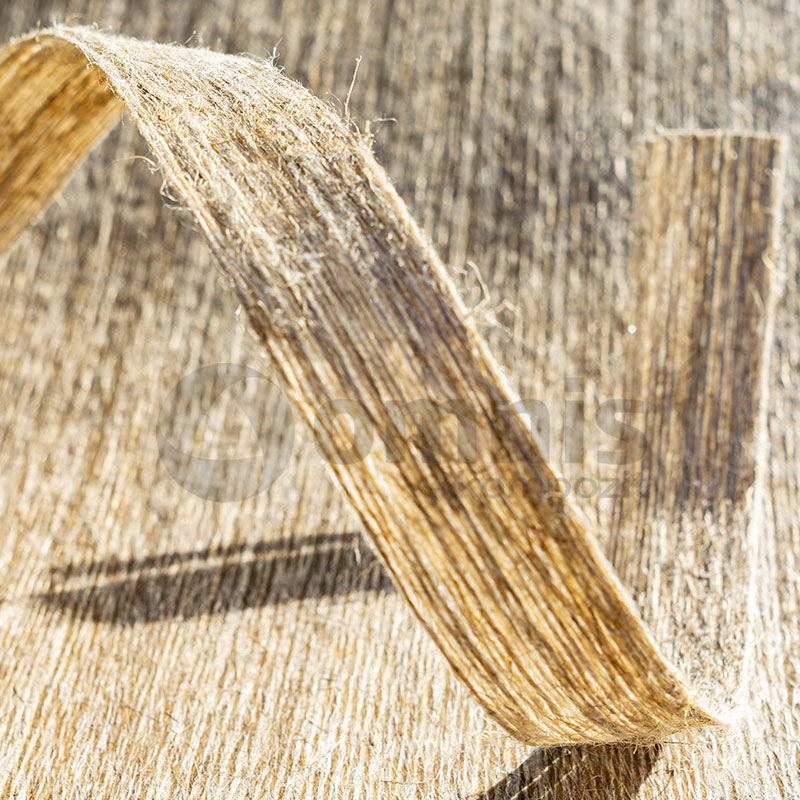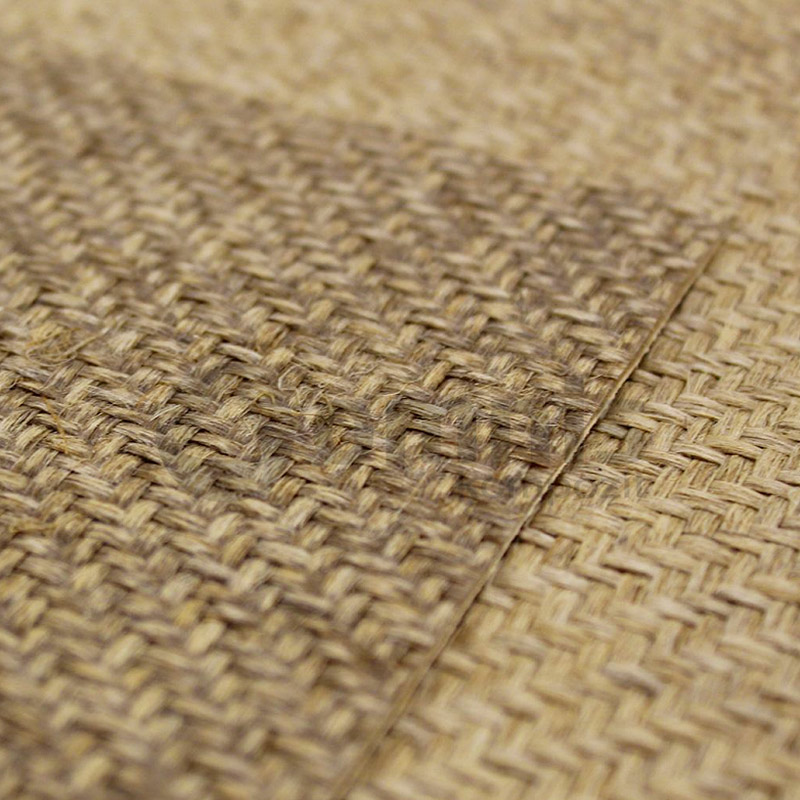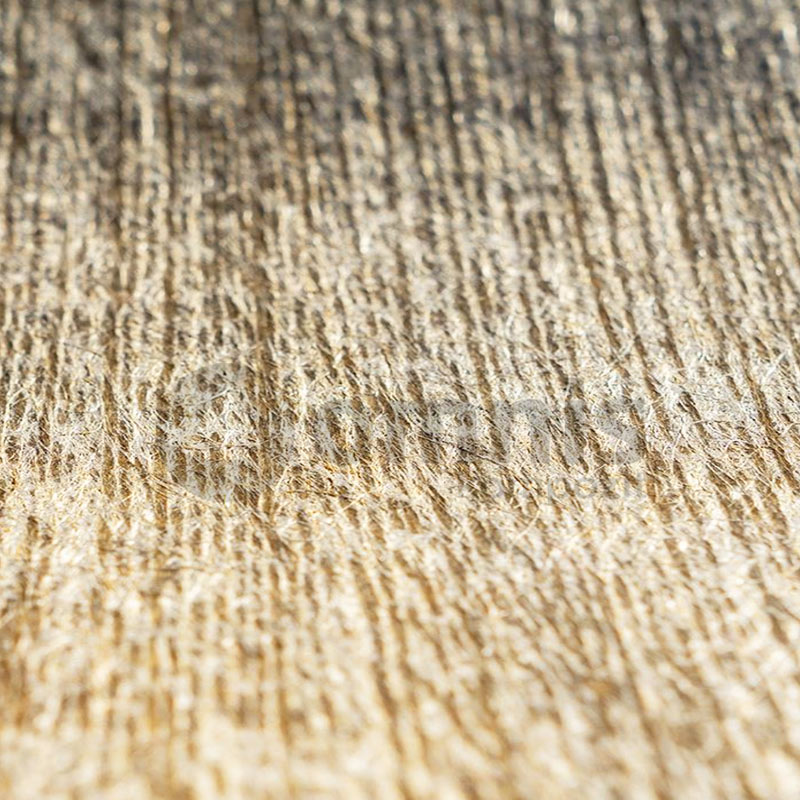Natural Fiber Reinforcements
Materials derived from plants, animals, or minerals that strengthen composite products offer a greener alternative to traditional reinforcement materials. Unlike synthetic fibers, options such as flax woven fabric, hemp, jute, and sisal are renewable, biodegradable, and often have a lower environmental impact during production. Their popularity in the industry is due to sustainability, cost-effectiveness, and unique mechanical properties, providing an eco-friendly solution to enhance the strength and durability of materials.

Linen Fiber Woven Fabric
View Product
UD (Unidirectional) Linen Fiber Prepreg Strip
View Product
Linen Fiber Woven Prepreg
View Product
UD (Unidirectional) Linen Fiber Prepreg
View ProductHow are natural fibers used in composite materials?
Natural fibers are used in composite materials as reinforcement to improve mechanical properties such as strength, stiffness, and impact resistance. These fibers, including flax woven fabric, can be embedded in various matrix materials, such as resins, to form natural fiber-reinforced composites (NFRCs). The fibers can be aligned or randomly distributed, depending on the desired properties of the final product. Natural fiber composites are manufactured using techniques similar to those for synthetic fiber composites, including hand lay-up, compression molding, and resin transfer molding, making them versatile for a wide range of applications.
What are the benefits of using natural fiber reinforcements like flax woven fabric?
Opting for reinforcements like flax fabric brings multiple advantages, including environmental sustainability, biodegradability, and a reduced carbon footprint. Flax, a renewable resource, requires less energy for production compared to synthetic options, leading to lower greenhouse gas emissions. Moreover, these materials provide good mechanical properties, enhancing composite strength and durability while being lightweight. They also offer better thermal and acoustic insulation properties. Their use can result in healthier working conditions and reduced environmental impact, appealing to eco-conscious manufacturers.
How do natural fiber reinforcements compare to synthetic fiber reinforcements?
When compared to synthetic reinforcements, natural options like flax fabric fare well in terms of environmental impact, cost, and certain mechanical properties. They are renewable, biodegradable, and typically have a lower carbon footprint. Although synthetic materials may offer higher strength and stiffness, natural options provide sufficient mechanical performance for many applications, alongside better insulation properties. However, they can exhibit variability in properties and issues with moisture absorption, which can be mitigated through appropriate treatment and selection.
In what applications can natural fiber reinforcements be used?
Natural fiber reinforcements can be used in a wide range of applications, including automotive interior parts, building materials, consumer goods, and sports equipment. Flax woven fabric, for example, is used in door panels, seat backs, and dashboard components in cars for its strength and aesthetic appeal. In construction, fibers are used for insulation, paneling, and roofing materials. Their low environmental impact and sustainable nature make them suitable for products that benefit from green manufacturing processes and renewable materials.
Can natural fiber reinforcements be used in structural applications?
Yes, natural fiber reinforcements can be used in structural applications, particularly where moderate load-bearing capacity is required. Innovations in processing techniques and material treatments have improved the mechanical properties and durability of fiber composites, making them more suitable for structural uses. While they may not replace high-strength synthetic fibers in critical structural applications, fibers like flax woven fabric can be effectively used in non-load-bearing structures, interior components, and semi-structural parts where environmental impact and sustainability are key considerations.
What are the challenges associated with using natural fiber reinforcements?
The challenges associated with using natural fiber reinforcements include variability in fiber quality, moisture absorption, and compatibility with certain resin systems. Natural fibers can exhibit variations in mechanical properties due to differences in growth conditions and fiber extraction methods. Their tendency to absorb moisture can affect composite dimensional stability and mechanical performance. Additionally, achieving good adhesion between fibers and some resins can be challenging, requiring surface treatments or modifications. Addressing these challenges is essential for optimizing the performance and reliability of fiber-reinforced composites.
How do I select the right natural fiber reinforcement for my project?
Selecting the right product for your project involves considering the specific requirements of the application, including mechanical properties, environmental conditions, and processing methods. Evaluate the strength, stiffness, and impact resistance needed, as well as the fiber’s compatibility with the chosen matrix material. Consider the environmental benefits and potential challenges, such as moisture absorption and variability in properties. Consulting with material suppliers and conducting tests with different natural fibers, such as flax woven fabric, can help determine the most suitable reinforcement for achieving the desired performance and sustainability goals.
Can natural fiber reinforcements be combined with synthetic fibers?
Yes, natural fiber reinforcements can be combined with synthetic fibers to create hybrid composites that leverage the benefits of both materials. This approach can optimize the mechanical properties, cost, and environmental impact of the composite. For example, combining flax woven fabric with glass fibers can enhance the strength and stiffness of the composite while reducing its carbon footprint compared to an all-synthetic fiber composite. Hybrid composites offer a balanced solution for applications requiring improved performance without compromising sustainability.
How does the performance of natural fiber composites hold up over time?
Over time, the performance of these composites can be influenced by factors like moisture absorption, UV exposure, and environmental conditions. However, with appropriate material selection, treatment, and design, they can show good durability and maintain mechanical properties. Advances in resin technologies and treatments have improved the long-term performance, making them more competitive with synthetic composites in many applications.
Are there any specific processing techniques required for natural fiber reinforcements?
Specific processing techniques may be necessary to optimize compatibility with matrix materials and enhance mechanical properties. Pre-treatments and processing methods like vacuum infusion, resin transfer molding, and compression molding can be adapted to accommodate the characteristics of materials like flax fabric, ensuring the production of high-quality reinforced composites.


